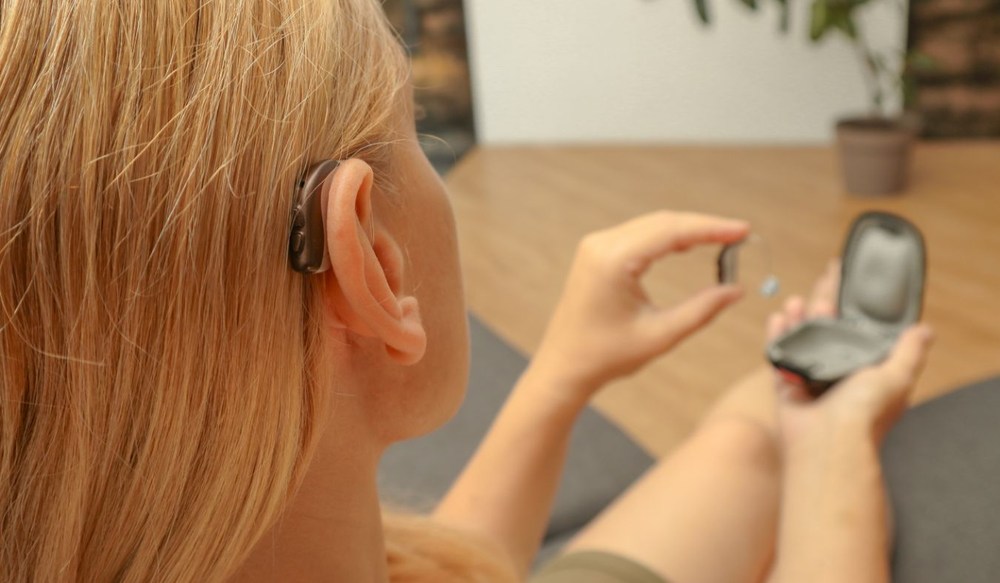The Impact of Autumn Weather on Hearing Aids
Autumn weather brings a combination of conditions that can affect your


Autumn weather brings a combination of conditions that can affect your

Warm weather brings out activities that can put your hearing at risk in

Your hearing aids are important tools that help you stay connected to